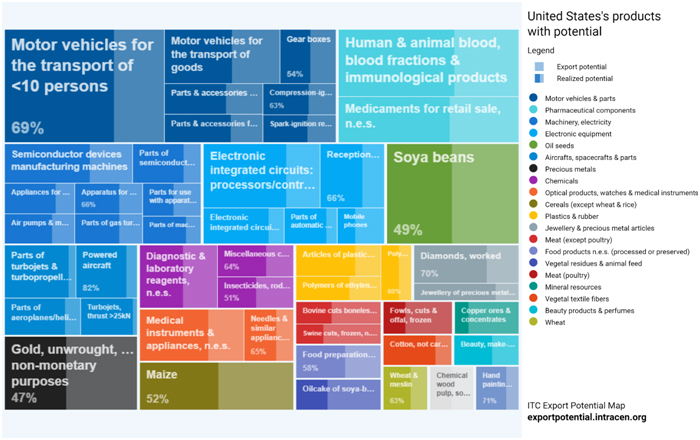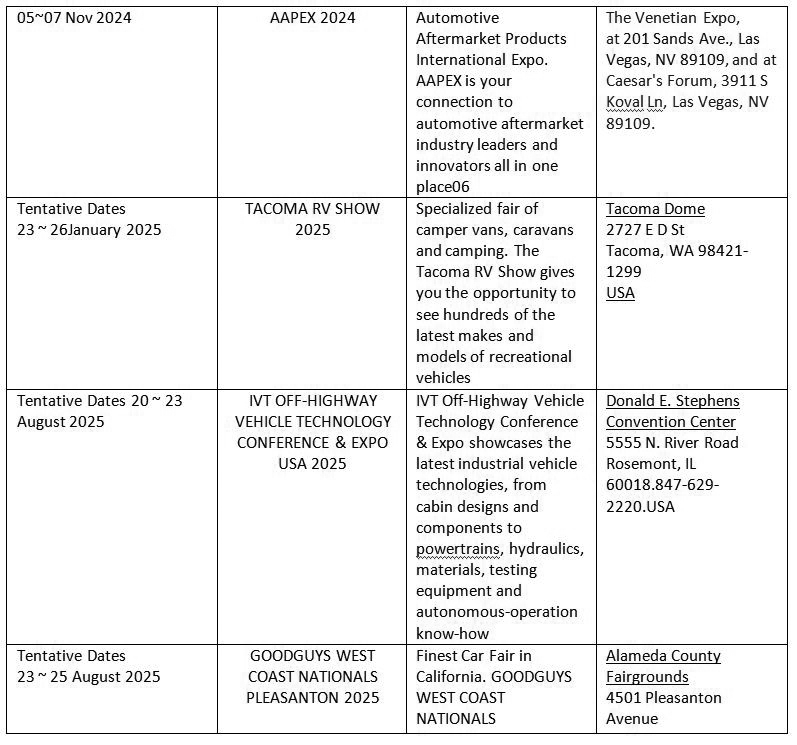The United States, a highly developed mixed economy, continues to lead as the world’s largest economy by nominal GDP, and is second only to China in terms of purchasing power parity (PPP). In 2024, the U.S. holds the sixth highest per capita GDP (nominal) and eighth by PPP, reflecting its strong economic output and high standard of living.
Key to this economic strength is the nation’s productivity, bolstered by a well-developed transportation infrastructure and rich natural resources. American households enjoy high average incomes, ranking sixth among Organization for Economic Co-operation and Development (OECD) member states. Despite having the highest median household income in 2021, income inequality remains one of the highest among developed nations. The U.S. plays a pivotal role in global trade, being the world’s largest importer and the second largest exporter, with free trade agreements spanning key partners such as Canada, Mexico, and South Korea.
The flexibility of the U.S. labor market, though offering fewer job security guarantees due to its hire-and-fire policies, adds to the economy’s adaptability and efficiency in responding to market demands.
The Aftermarket Auto Parts Industry in the U.S.
One sector witnessing continuous growth is the U.S. aftermarket auto parts industry. As of 2022, this market was valued at USD 18.2 billion, with projections indicating growth to USD 22.7 billion by 2032. This represents a compound annual growth rate (CAGR) of 2.50% from 2024 to 2032. The consistent rise in vehicle ownership and the aging fleet of cars in the U.S. contribute to the expansion of the aftermarket industry. Consumers increasingly seek cost-effective alternatives for vehicle maintenance, repair, and upgrades, making aftermarket parts an essential segment of the broader automotive market.
Furthermore, the tractor market, which reached a value of USD 23.7 billion in 2021, is expected to grow modestly, reaching USD 24.5 billion by 2027. This slow but steady expansion underscores the importance of agricultural machinery within the U.S. economy and aligns with the broader growth of industrial sectors.

Key Economic Indicators:
- Population: 333 million
- GDP Annual Growth: 3.1%
- GDP Per Capita: USD 76,239
- Inflation Rate: 2.5%
- Interest Rate: 5.50%
- Government Debt to GDP Ratio: 123.8%
- Import Tariffs: 1.5% to 14% (Vary by parts)
Key findings
The products with greatest export potential from United States to World are Motor vehicles for the transport of <10 persons, Soya beans, and Human & animal blood, blood fractions & immunological products. Soya beans shows the largest absolute difference between potential and actual exports in value terms, leaving room to realize additional exports worth $27 bn. (Source: ITC)
Transportation Options
- By Air: The travel duration between these cities in a non-stop flight is usually around 16h 35 m. Karachi to New York flights
- By Sea:The quickest way to get from Karachi to New York by ship will take about 31 days 18h and departs from Port Qasim (PKBQM) and arrives into New York (USNYC). There are vessels departing 2-4 times a week on this route.
Key Events in USA 2024~2025
Upcoming Exhibitions


In conclusion, while the U.S. economy continues to thrive, with sustained growth and innovation in key sectors like the aftermarket auto parts industry, challenges such as income inequality and fluctuating market conditions remain. However, the flexibility of its labor market, strong trade relationships, and technological advancements are expected to keep the U.S. economy on a growth trajectory for years to come.
By Mashood Khan
Director – Mehran Commercial Enterprises – Expert Auto Sector / Former Chairman PAAPAM
This exclusive article has been published in Automark Magazine’s October-2024 printed and digital edition.
